Why You Shouldn’t Call a Roofer for Chimney Issues
Do roofers repair chimneys? You may be asking yourself this question if your chimney has been having issues and you already have a go-to, trusted roofing company. After all, finding a trustworthy chimney company can be a hassle, especially if you already know a good roofer. Although some roofers repair chimneys, it is always best to hire an expert chimney company for chimney-related problems.
Now, we’ll discuss why it is best to contact a chimney company for chimney problems.
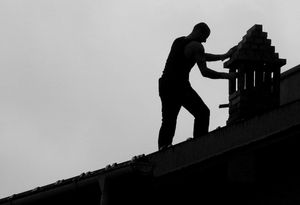
Why You Should Contact a Chimney Company for Chimney Issues
Even though some roofers repair chimneys, contacting a chimney company for chimney issues is the best option. Here are some reasons why:
Chimney-Specific Experience
Chimney companies spend all day every day diagnosing and solving chimney problems, while roofers spend their time identifying roof issues and repairing or replacing roofs, while only occasionally working on chimneys. Because of this, chimney companies are far more qualified to detect what might be going on with your chimney and properly carry out the necessary next steps than roofers.
CSIA Certification
Many chimney technicians are certified by the Chimney Safety Institute of America (CSIA). We recommend ensuring that the company that you choose carries technicians with this certification. There are many reasons why you should hire a CSIA certified chimney specialists to cover your chimney needs. For one thing, chimney professionals with this certification have had to go through rigorous training and testing to make sure that they uphold industry safety regulations. In addition, having this certification is an indication that professionals take excellent quality workmanship seriously. Look for this certification on chimney companies’ websites or inquire about it when you are considering different companies.
Equipped to Handle Chimney Leaks
Chimney leaks are one of the most common issues that people reach out to roofers about rather than chimney companies. This is because the resulting water damage often shows up on the ceiling near the chimney, leading people to think that calling a roofer is the best option. This is not the case, however, and many roofers will even recommend that you contact a chimney company instead to work in conjunction with any roofing related repairs needed.
Since chimney leaks can have multiple causes, hiring a chimney company is a smart move. Some common reasons include:
- Damaged flashing
- Missing bricks
- A cracked crown
- Missing or undersized cap
- And more
The post Why You Shouldn’t Call a Roofer for Chimney Issues appeared first on Boston’s Best Chimney.
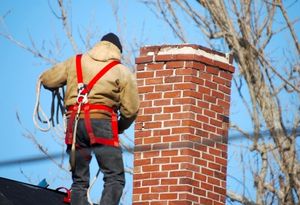
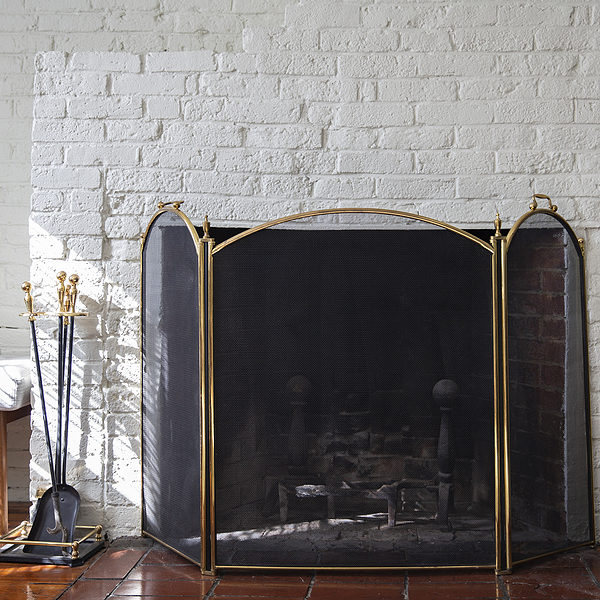 What is a fireplace screen?
What is a fireplace screen?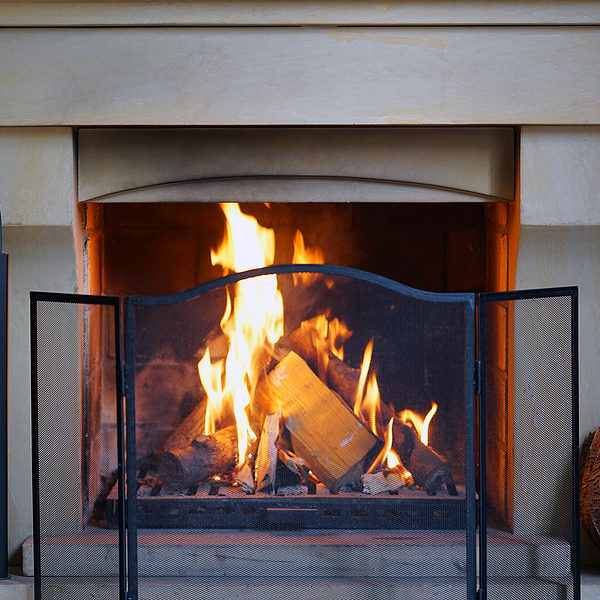 4. Enhance the appearance of your hearth area
4. Enhance the appearance of your hearth area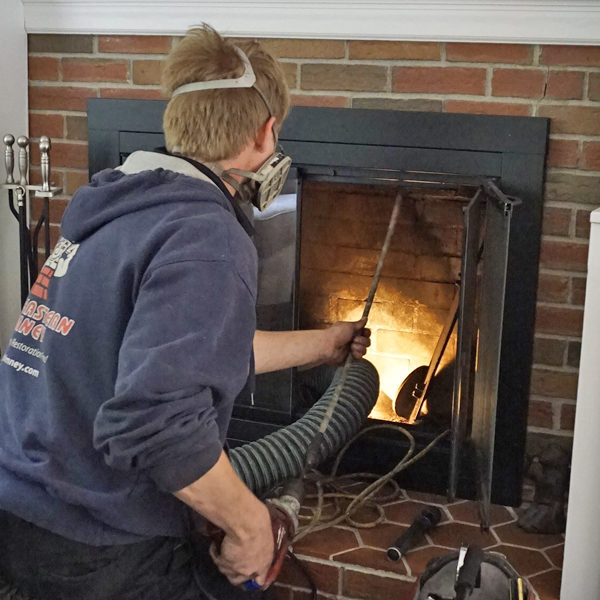 What services do they perform during a sweep?
What services do they perform during a sweep?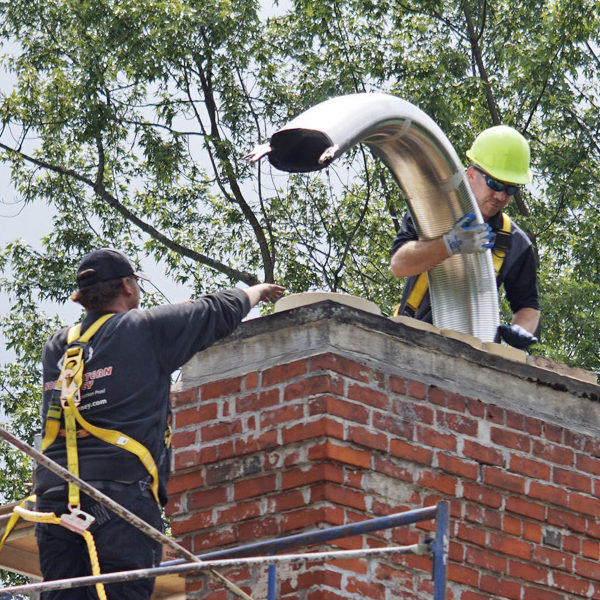 Do they offer repair services?
Do they offer repair services?
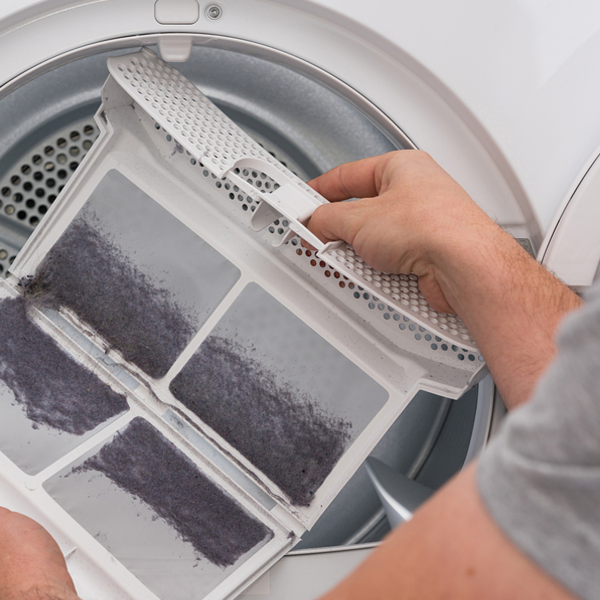 Why is lint buildup dangerous?
Why is lint buildup dangerous?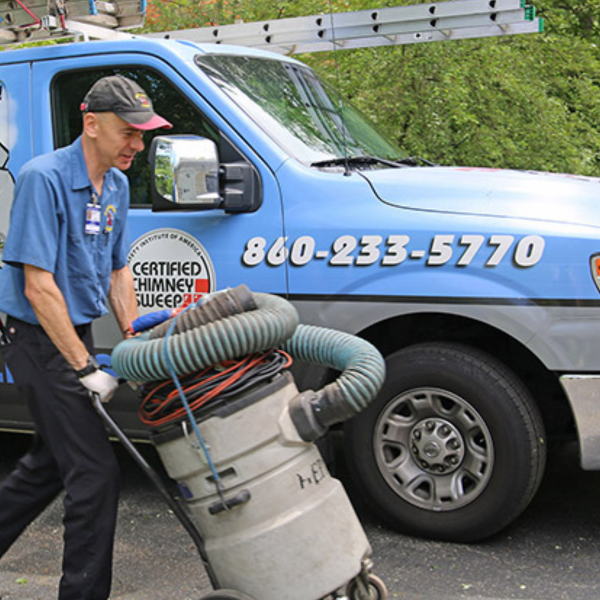 What should I do if lint has built up in my dryer?
What should I do if lint has built up in my dryer?